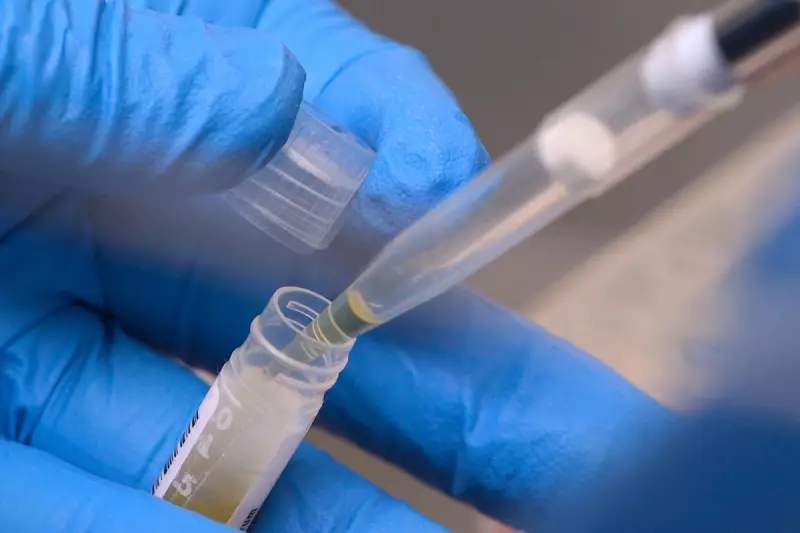
Thousands of Medical Trial Participants Affected by NIH Funding Cuts
A new report has revealed the profound human cost of funding cuts at the National Institutes of Health (NIH), with over 74,000 people enrolled in experiments directly affected. The findings, published in the journal JAMA Internal Medicine, detail how the financial reductions have disrupted critical medical research and the lives of patients who volunteered for these studies.
Scope and Impact of the Research Disruption
The analysis covered a period between the end of February and mid-August, during which funding was abruptly ceased for 383 separate studies. These were not minor projects; they were clinical trials testing vital treatments for conditions including cancer, heart disease, and brain disease. The report highlighted that efforts to combat infectious diseases like influenza, pneumonia, and COVID-19 were disproportionately impacted by the cuts.
The consequences for participants were severe and varied. Some individuals signed up for trials that were either delayed indefinitely or never began, as research institutions scrambled to find alternative funding. Others who were already enrolled faced the alarming prospect of losing access to essential medication or being left with an unmonitored medical device implant. Furthermore, many contributed their time and health to trials, only for the results to remain unpublished, rendering their participation futile.
Dr. Heather Pierce of the Association of American Medical Colleges, who has tracked the NIH grant cuts, stated, “The disruption to the research enterprise was profound and substantial.”
Broader Consequences for Medical Progress and Public Trust
Beyond the immediate disruption, the report's authors warn of a more insidious long-term effect. The termination of these studies harms future patients who could have benefited from the potential new treatments being developed. Anupam B. Jena of Harvard Medical School, a co-author of the study, emphasised that “The whole purpose of these clinical trials is to generate evidence on what works and doesn’t work in medicine.” This vital evidence pipeline has now been compromised.
The fallout also threatens to erode the crucial trust between the public and medical institutions. Jeremy Berg, a former director of an NIH institute, expressed concern that patients may now think twice before participating in future research, fearing that funding could be pulled without warning. He suggested that potential volunteers might reasonably ask, “Why should I be involved in this?”
These cuts, implemented under the Trump administration, have amounted to billions of dollars. The situation was exacerbated by an August Supreme Court decision that allowed the NIH to axe hundreds of millions more in a push against diversity, equity, and inclusion efforts. The agency also faces legal challenges over its attempts to reduce indirect research costs.
In a show of internal dissent, hundreds of NIH scientists signed a letter in June condemning the new policies and grant terminations, arguing they “undermine the NIH mission, waste public resources, and harm the health of Americans and people across the globe.” When approached for comment, Emily G. Hilliard, press secretary for the U.S. Department of Health and Human Services, declined to respond.





